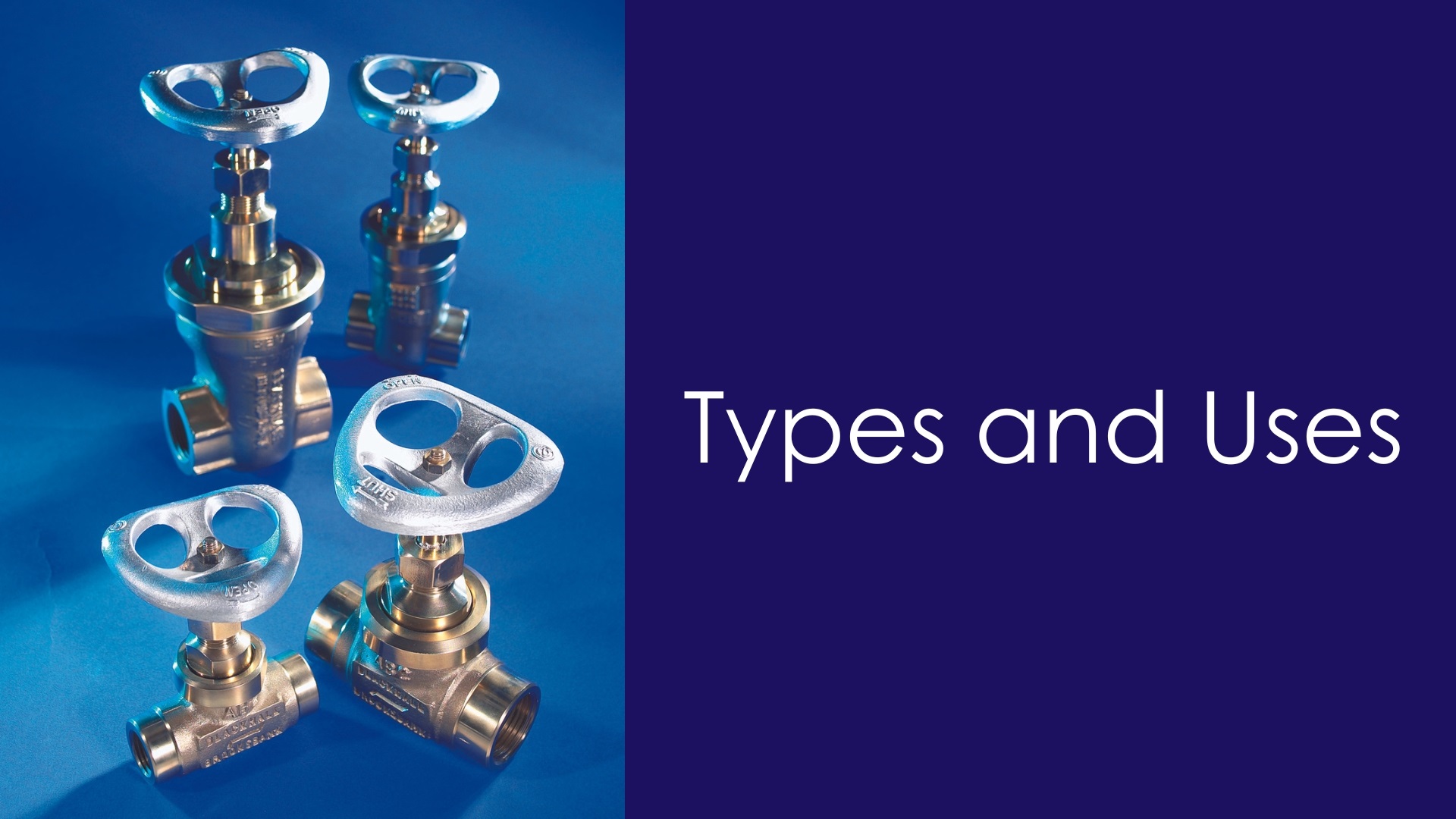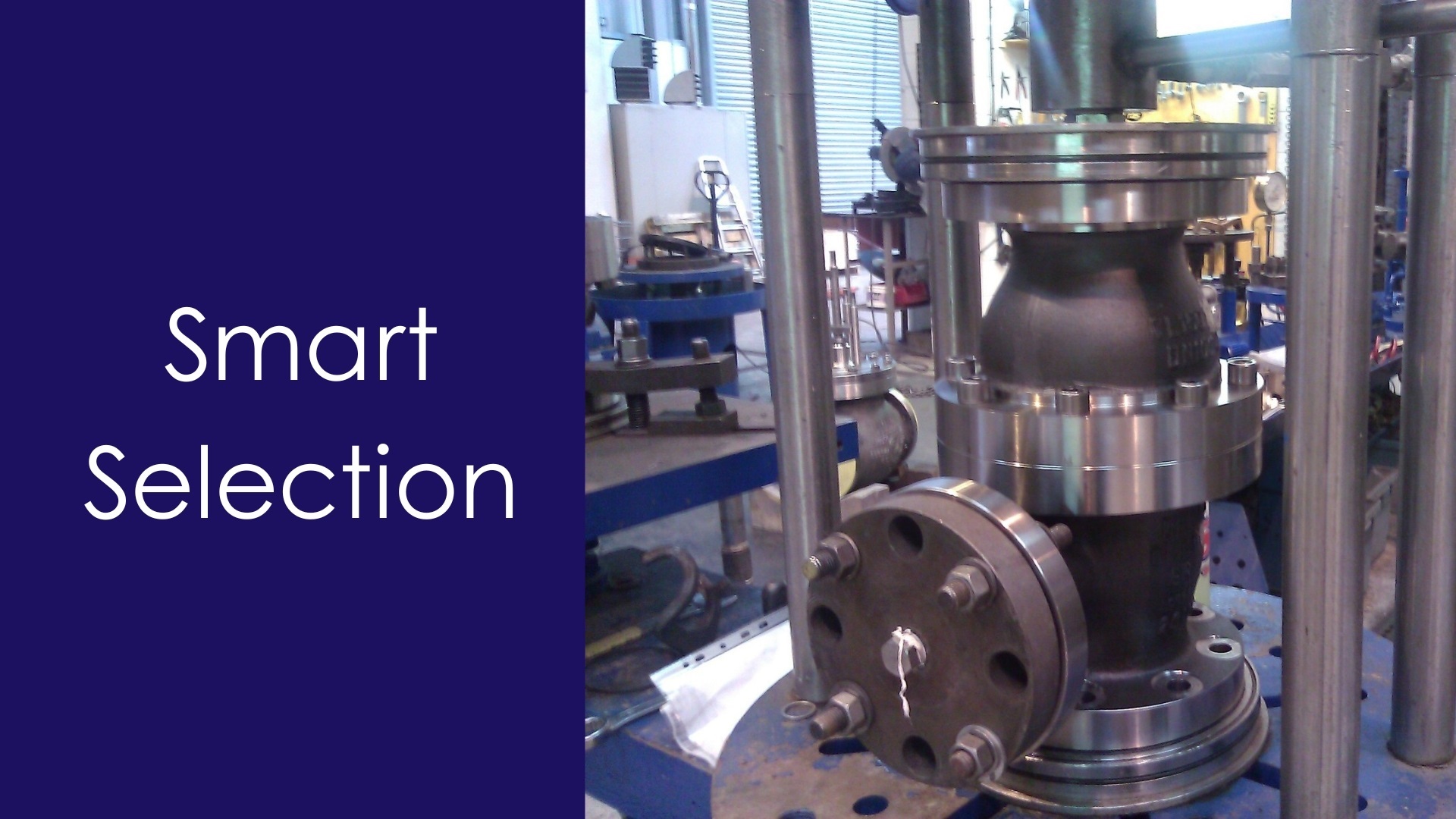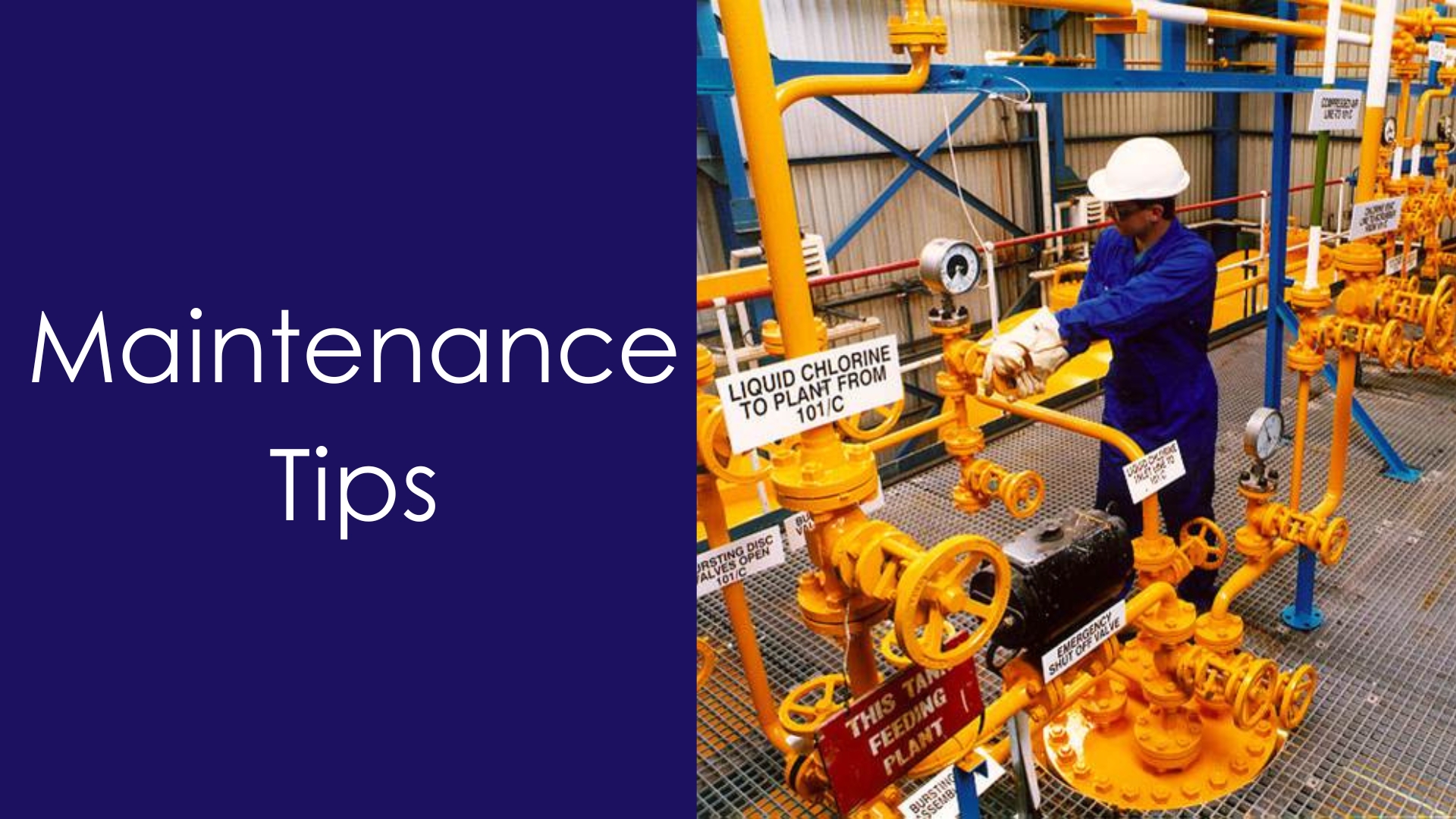The Engineering Essentials of Valve Technology

Valves might not always get the spotlight, but they’re crucial to any fluid system. They are the backbone of operations in countless applications, from everyday water treatment processes to sophisticated chemical setups. Despite their simple appearance, valves play a significant role in enhancing system efficiency, ensuring operational safety, and reducing maintenance costs over time.
Gaining a solid grasp of valve technology is essential for anyone involved with fluid systems. It’s the bedrock of safe and efficient operations.
Core Functions of Valves
A primary function of valve technology is flow control. Much like how a tap regulates water in your kitchen, valves manage the flow of fluids in a system. This control is vital to maintaining optimal conditions and averting system overload.
Another key role is pressure regulation. Valves help keep pressure within safe and efficient levels, preventing damage and ensuring consistent system performance.
Valves also provide essential isolation features. In emergencies or during maintenance, they can swiftly halt fluid flow, acting as critical safety devices. This quick action can prevent major failures and minimise downtime, saving time and resources.
For more insights into this essential field, visit Blackhall Engineering’s About Us section: Learn more about Blackhall Engineering.
Mastering these three functions—flow control, pressure regulation, and isolation—is crucial for choosing the right valve for the task.
The UK Valve Manufacturing Landscape
The UK valve manufacturing sector offers a unique view of this vital technology. Despite facing competition from global producers, including cost-effective manufacturers in China and high-quality producers in Germany, the UK industry holds its ground.
From 2019 to 2024, the market size shrank at a CAGR of 7.5%, reaching an estimated £1.2 billion by 2024. Despite this decline, our company remains a leader, consistently providing excellent solutions for diverse fluid control challenges. For more detailed statistics, visit: UK Valve Manufacturing Industry Analysis.
Understanding this market context is crucial for informed decision-making in the UK. Choosing the correct valve involves careful consideration of various factors, including system requirements, fluid properties, and operational conditions. This topic will be explored further in the next section.
Decision-Driving Factors in Valve Selection

Selecting the right valve is crucial for the safe and efficient operation of any fluid system. It’s a decision that requires careful thought and a methodical approach. Across the UK, experienced engineers identify the key factors influencing valve selection, guiding them to the best solutions. Let’s explore these vital decision-driving factors, offering a guide for a variety of industrial applications.
Understanding Your System’s Needs
The starting point of any valve selection process is a thorough understanding of your system’s specific needs. This begins with assessing the process conditions, such as temperature and pressure. A system handling high-temperature steam, for example, requires a valve with different material properties compared to one managing chilled water.
The fluid itself is crucial. Understanding its characteristics is essential. Is it corrosive? Thick? Does it contain suspended particles? These factors significantly influence the choice of valve type and material.
Finally, the intended function of the valve is critical. Will it isolate parts of the system, regulate flow, or prevent backflow? A valve designed for one purpose might be completely unsuitable for another. This initial evaluation sets the stage for a focused and effective valve selection process.
Installation and Regulatory Considerations
Beyond technical specifications, practical installation constraints often influence valve choices. Consider space limitations, existing pipe configurations, and ease of maintenance. A large gate valve, while excellent for flow control, might not fit in a tight space.
Careful planning is needed to consider the available space and potential challenges during installation and ongoing maintenance. Additionally, complying with regulatory requirements is essential, especially in the UK. Standards like BS EN 12516 and BS EN 1092 specify requirements for valve design, testing, and certification.
For instance, valves used in potable water systems must meet WRAS approval to ensure drinking water safety and quality. Ignoring these standards can lead to legal issues and compromise system safety.
Evaluating Valve Options: A Practical Framework
After identifying system requirements and constraints, a practical framework helps evaluate potential valve options. This involves comparing different valves based on performance, material suitability, and compliance. A useful tool is a comparison table. The following table, “Primary Valve Selection Criteria,” outlines the essential factors to consider when selecting industrial valves.
| Selection Factor | Considerations | Impact on Performance |
|---|---|---|
| Process Conditions | Temperature, Pressure, Flow Rate | Determines the valve’s ability to withstand operational stress. |
| Fluid Properties | Corrosivity, Viscosity, Particulate Content | Influences material compatibility and potential for clogging. |
| Installation Constraints | Space limitations, Accessibility | Affects installation and maintenance practicality and cost. |
| Regulatory Requirements | Industry Standards, Certifications (e.g., WRAS) | Ensures compliance and system safety. |
This table aids in evaluating valves against your specific needs. For complex systems or critical applications, consulting experienced engineers is invaluable. For expert guidance in valve selection for your UK project, Blackhall Engineering Valves offers trusted expertise in valve design and manufacturing. Their knowledge can help manage the complexities of valve selection, ensuring long-term system reliability.
Mastering Valve Types for Optimal Application

Selecting the right valve is key for any project. It directly affects system performance, reliability, and efficiency. This guide explores different valve types and their ideal uses in the UK, helping you make informed decisions for successful project outcomes.
Understanding Key Valve Types
Different valves excel in different situations, each with its own strengths and weaknesses. Understanding these nuances is essential for selecting the perfect valve for your requirements.
- Gate Valves: Perfect for on/off control, gate valves offer minimal flow restriction when fully open, but they aren’t designed for throttling flow.
- Globe Valves: Known for superior throttling control, globe valves effectively regulate flow. They provide a tighter shut-off than gate valves but can cause a higher pressure drop.
- Ball Valves: With their quick quarter-turn operation, ball valves are ideal for rapid on/off control, especially in applications requiring frequent adjustments.
- Butterfly Valves: These valves offer excellent flow control in large pipes with their lightweight design, though their seal might not be as tight as other valve types.
- Check Valves: These valves automatically close to prevent backflow, safeguarding your system from potential damage.
- Diaphragm Valves: These are perfect for handling corrosive or abrasive fluids, thanks to their isolating diaphragm, which protects internal mechanisms from harsh substances.
- Control Valves: For precision flow regulation, control valves are top-notch. They adjust flow based on system parameters, optimising performance in dynamic environments.
Matching Valves to UK Applications
Effective valve selection requires more than just knowing the types. It demands an understanding of their real-world performance in common UK settings.
Gate valves, for instance, are widely used in UK water distribution systems due to their unobstructed flow when fully open. Globe valves are essential in power generation plants, where their throttling control precisely manages steam flow for optimal turbine operation.
Butterfly valves, with their lightweight build, are often chosen for large-diameter pipelines in water utilities, simplifying installation and reducing costs. The UK’s focus on sustainability has increased demand for control valves in process industries, optimising efficiency and reducing waste.
The UK valve market’s growth, reaching €1.7 billion by 2014, was driven by infrastructure investments, including water utility upgrades. Choosing the right valve maximises the return on these vital investments.
Valve Type Comparison
The table below summarises key applications, benefits, and limitations of each valve type, offering a valuable reference for your selection process.
| Valve Type | Best Applications | Advantages | Limitations |
|---|---|---|---|
| Gate Valve | Isolation in water distribution systems | Low flow resistance when fully open | Not suitable for throttling |
| Globe Valve | Flow control in power plants | Good throttling and shut-off capabilities | Higher pressure drop |
| Ball Valve | On/off control in frequent operation systems | Quick quarter-turn operation | Lower pressure rating than gate valves |
| Butterfly Valve | Large diameter pipelines | Lightweight, compact design | Less precise throttling than globe valves |
| Check Valve | Preventing backflow | Automatic closure upon flow reversal | Can cause pressure surges |
| Diaphragm Valve | Handling corrosive fluids | Isolates fluid from valve mechanism | Limited temperature and pressure range |
| Control Valve | Precise flow regulation | Automatic adjustment based on system parameters | More complex and expensive |
Understanding valve types empowers engineers across the UK to make optimal choices. The right valve ensures peak system performance, reduces maintenance, and extends the lifespan of your installations. In the next section, we’ll explore material selection, further refining valve performance and preventing premature wear.
Material Selection Strategies That Prevent Failure

Choosing the correct material for your valves is pivotal to their longevity and reliability. Poor material selection can lead to early failures, costing time and resources. This section of our guide examines how material properties impact valve performance in demanding UK industrial settings. We’ll delve deeper into how materials hold up under pressure.
Understanding Material Properties
Top engineers focus on key material properties when selecting valves. Corrosion resistance is crucial, particularly with aggressive process fluids. Different grades of stainless steel provide varying resistance to the chemicals used throughout UK industries.
Temperature limitations also play a crucial role. Some materials excel in extreme temperatures, while others may weaken or become brittle.
For specific low-temperature conditions, explore our cryogenic valves: How to master cryogenic valve selection.
Pressure capabilities are equally important, determining the maximum pressure a valve can safely endure. Exceeding these limits can lead to catastrophic failures.
Lastly, mechanical properties like tensile strength and hardness affect a valve’s ability to resist wear, erosion, and stress. Understanding these properties, and their interaction with your application, is the foundation of successful material selection.
Common Valve Materials and Their Applications
Various materials are commonly used in valve construction, each with its own pros and cons. Stainless steel is a popular choice due to its corrosion resistance and ability to handle high temperatures, making it suitable for many UK industry applications. Different grades, such as 304 and 316, offer varying degrees of corrosion resistance.
Cast iron offers good strength at an affordable price, but can be prone to corrosion in some environments. It’s often used for water and wastewater applications where corrosion is less of a concern. Bronze, an alloy of copper and tin, provides good corrosion resistance and is frequently used in marine settings. Engineered plastics like PVC and CPVC offer lightweight, cost-effective solutions for certain chemicals, but have lower temperature and pressure tolerances.
Balancing Performance and Budget
Selecting the ideal valve material involves balancing performance needs with budget constraints. High-performance alloys provide exceptional corrosion resistance, but often come with a higher price tag than standard options. This requires a careful evaluation of the long-term costs associated with potential failures against initial expenses.
Sometimes a less expensive material might suffice if operating conditions are less demanding. However, investing in a more robust material upfront can save money on costly downtime and repairs in the future. This thoughtful cost-benefit analysis is an integral part of the material selection process. By considering all these elements, engineers can choose valve materials that ensure long-term reliability and optimised performance for specific UK applications.
Precision Valve Sizing for Performance Excellence
Precise valve sizing is key to a high-performing system. It’s not just about managing flow; it’s about optimising your entire system for peak efficiency and reliable operation. This section breaks down the essentials of valve sizing and offers practical guidance to avoid common pitfalls.
Understanding Valve Flow Coefficients
The valve flow coefficient (Cv) is a critical parameter in valve sizing. It measures a valve’s ability to allow fluid to pass through. A higher Cv indicates a greater flow capacity.
This coefficient helps engineers select valves that precisely match the flow requirements of their systems. Choosing a valve with too low a Cv restricts flow, while an excessively high Cv can affect control.
Flow Characteristics and Rangeability
The relationship between valve opening and flow rate is called the flow characteristic, and it’s essential for precise control. Different valve types have distinct flow characteristics.
For example, a linear flow characteristic means the flow rate changes proportionally to the valve’s opening. An equal percentage characteristic, on the other hand, results in larger flow changes at higher valve openings.
Rangeability is the ratio between the maximum and minimum controllable flow rates. It defines the valve’s flexibility. A wider rangeability allows a valve to handle a wider range of flow conditions—a crucial feature for systems with varying demands.
Practical Sizing Calculations
Calculating the right valve size involves using specific formulas based on system parameters such as pressure, flow rate, and fluid properties. These calculations often include the Cv value and the desired flow characteristic. Many software tools and online resources are available to simplify these calculations for UK engineers.
The Consequences of Incorrect Sizing
Incorrect valve sizing can lead to serious problems, affecting both system performance and the lifespan of your valves. Cavitation, the formation and implosion of vapour bubbles inside the valve, can cause noise, vibration, and damage to internal parts.
Improper sizing can also lead to excessive noise and erosion of the valve body itself, necessitating premature replacement. An oversized valve wastes energy due to higher operating power requirements and can result in poor control precision.
Best Practices for Precise Sizing
Accurate valve sizing requires a balance of theoretical calculations and practical considerations. It’s crucial to consider the valve material and its compatibility with the intended fluid and operating conditions. The valve material should be compatible with the tank and fuel material. For example, the materials used in a boat fuel tank will influence the choice of valve material.
Factors like pipe size and system layout can also impact valve performance. Consulting with experienced valve suppliers or engineers is highly recommended, especially for complex or critical applications. Proper valve sizing ensures efficient and reliable operation, optimises control, and minimises maintenance costs, ultimately maximising the life of your fluid system.
Navigating Standards for Compliant Valve Selection
Successfully navigating the complex world of valve standards is a true mark of professional engineering in the UK. This guide focuses on key standards like BS EN 12516, BS EN 1092, and other industry-specific requirements crucial for your valve selection process.
Decoding Pressure and Temperature Ratings
Understanding pressure and temperature ratings is fundamental to selecting the right valve. These ratings define the safe operational limits, ensuring reliable performance. Pressure ratings, often expressed in bar or psi, indicate the maximum pressure a valve can withstand. Temperature ratings specify the highest and lowest temperatures for reliable operation. Respecting these limits ensures safety and prevents valve failure.
Pressure Classes and Testing Certifications
Valves are categorised into pressure classes, designated by PN numbers, which further define their pressure-bearing capacity. This system ensures valves meet stringent strength and performance standards. Testing and certifications play a vital role. For instance, valves used in UK potable water systems must have WRAS approval, guaranteeing safety and quality. This approval provides assurance that the valve meets strict criteria.
Industry-Specific Requirements
Every industry has its unique demands. Valves for gas networks must adhere to stringent safety regulations, while those for hazardous environments may need specialised certifications.
For specialised uses, such as managing dams and reservoirs, consider resources like Our range of dam and reservoir valves.
Understanding these industry-specific needs is paramount for choosing compliant valves.
Staying Current With Evolving Standards
Valve standards are constantly evolving to reflect technological advancements and best practices. Staying informed is key to maintaining compliance and avoiding costly retrofits. Regularly consult with standards organisations like the British Standards Institution (BSI) to stay up-to-date on the latest requirements. This proactive approach ensures your valve selections always meet industry standards.
For a superior valve experience, trust Blackhall, a leading UK valve design and manufacturing organisation. Explore Blackhall’s comprehensive range of valves built for lasting performance in any application.
Need help selecting the right valve? Speak with a Valvologist® today.